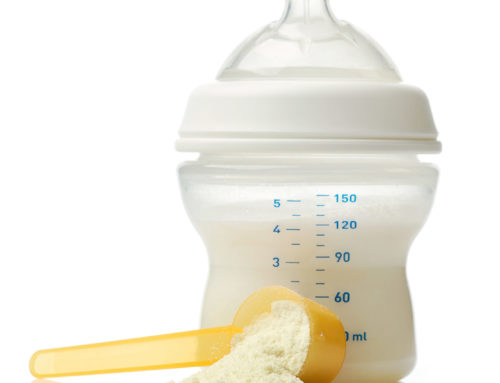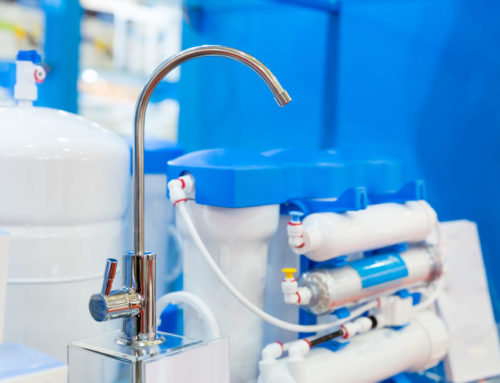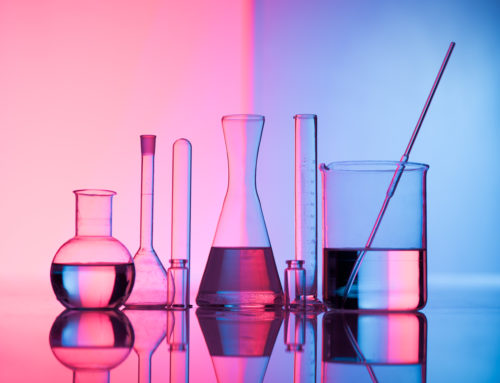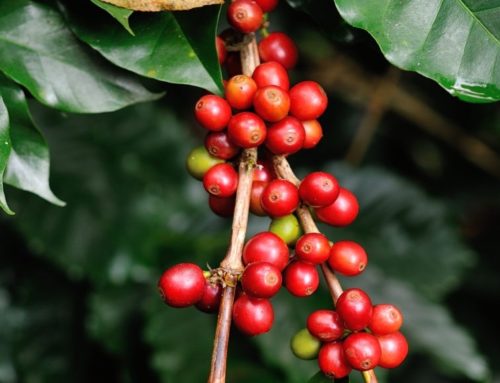Grind Size Matters ! If there is one thing to remember when making coffee – grind size is one of the top three things that influence flavor. Unfortunately, the mass market coffee producers all assume that consumers use drip coffee makers. If you purchase a bucket or can of this coffee and brew it in a drip coffee maker, the taste (all other things being consistent) will be very different than if you brew that same coffee in a French Press, Keurig Refillable Cup, Pour Over / Chemex device, or Vacuum/Siphon brewer.
Water acts to dissolve soluble fibers from the ground coffee beans. Contact time between the water and coffee grounds is important. If you grind the coffee too fine for a drip coffee maker, the water will penetrate these finer grounds very quickly. On the contrary, if the coffee is ground to course, water will not have enough time to penetrate the ground coffee to dissolve soluble fibers. The longer the water is in contact with the grounds, more soluble fibers are extracted.
Coffee that is over extracted will be very bitter. Coffee that is under extracted will be sour. Unfortunately, a lot of grind size recommendations are analogous to salt or sand. I am sure if you have read something about grinding coffee, you may have seen terms like coarse sea salt, fine sand, or worse yet are terms like fine, medium and coarse.
When it comes to grind size, we have some suggestions:
- Purchase a quality burr grinder and play with different settings until you get it just right through trial and error.
- Purchase a coffee densitometer (a TDS Meter) and dial in your new burr grinder. The Specialty Coffee Association provides guidelines for total dissolved solids (TDS) within a cup of coffee. Range for the best flavor is 1.3-1.7
- Let us do the grinding for you! We offer all of our specialty coffee in either whole bean or ground for the brewer type designated when ordering. We calibrate our commercial (expensive and very consistent) coffee grinder to ensure your brewer will produce a pot/cup of coffee within the recommended TDS range. Water chemistry will impact the extraction process so we will provide some additional posts on water in the future.





